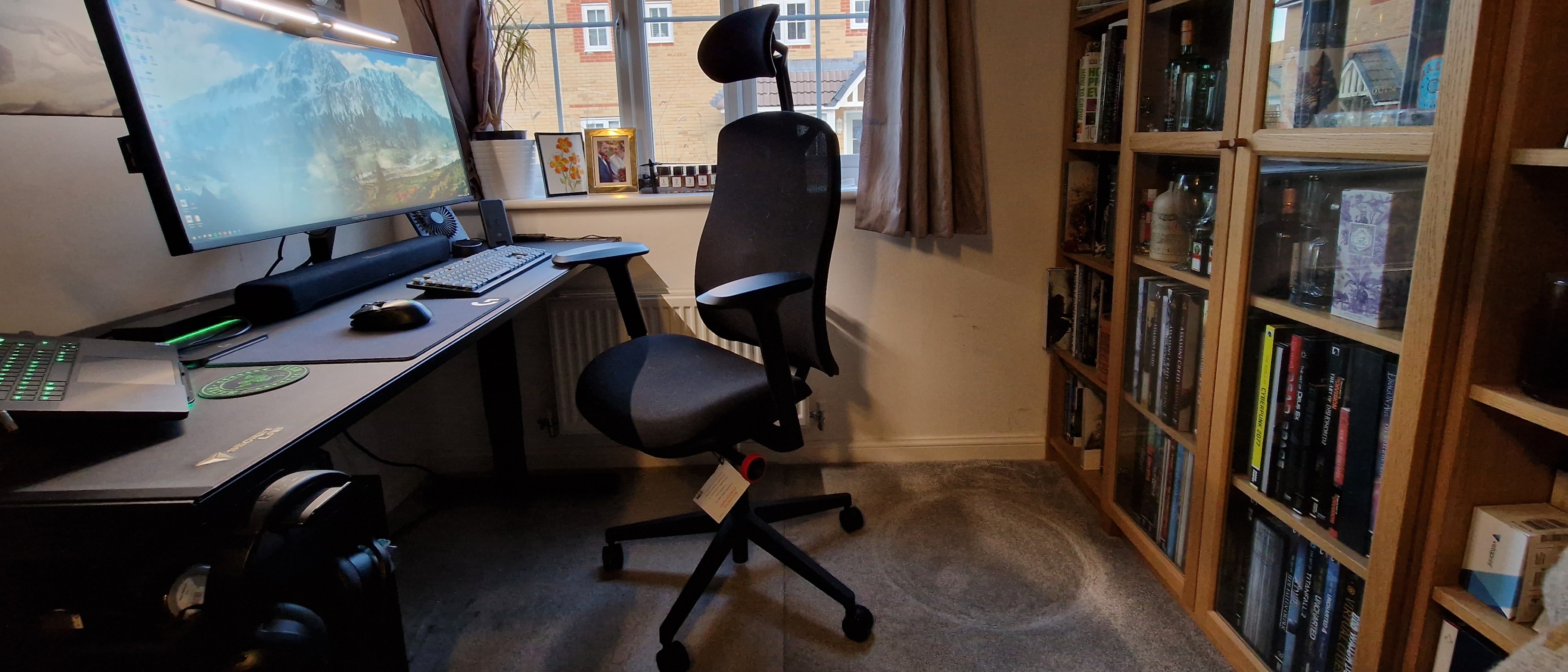GamesRadar+ Verdict
The Vantum is a great gaming chair with solid ergonomics, good support, and posture-improving elements, and comes in a few colourways too. However, it is not up to the standard of its sibling chair, the Embody, and this is clear throughout, from materials, to finish, and to overall comfort and build.
Pros
- +
Great mesh-chair design
- +
Very comfortable
- +
Posture-improving ergonomics
- +
Sizeable warranty
- +
Headrest is welcome
Cons
- -
As pricey as two SecretLab chairs
- -
Not an XL-sized chair
- -
Not as good as the Embody
- -
Some parts are too easy to move/adjust
Why you can trust GamesRadar+
The Herman Miller X Logitech Vantum gaming chair is the next to follow from the furniture-gaming double-act and represents an opportunity to enjoy that combo without breaking the four-figure ceiling.
This $795/£845 gaming chair is an upright, mesh-designed bad boy that has a much more subtle aesthetic than its brethren - and also comes in three colourways too. It's notably different from that predecessor in almost every way: design, aesthetic, price, value, materials, and even offers a different 'kind of comfort'.
How does it rate in the context of the best gaming chair market, and how does it directly compare to the Herman Miller X Logitech Embody?
Assembly & Design
Unlike the Embody, the Vantum does require a bit of construction - albeit barely any. The chair is shipped out in a large cardboard box and each bit that requires connecting is compartmentalized nicely. All you have to do is then put the seat (back, arms, and seat parts) on the wheelbase, and then slide in the headrest after. Bingo bango.
This is a bit of construction to allow for easier shipping, but not enough to leave you worried that your building efforts will lead to problems down the road. Once it's all together, it does inspire confidence that there are no weak spots that you maybe created for yourself.
Design-wise, it is very different from the Embody. The Vantum is a mesh chair and is generally a bit 'smaller' in every way - apart from height. The headrest, naturally, makes the chair taller, but the seat is also a little narrow (side to side) and shallower (front to back), and the armrests are slightly shorter too. The wheelbase is solid and sturdy but also smaller; it's not as wide as the Embody's which actually makes moving it around a bit easier, truth be told.

The materials do feel 'cheaper' than the Embody - that is to say, not necessarily budget or flimsy, but not as premium across the board. This surely was done to keep the costs down but it doesn't feel as slick as the Embody, and you can tap your nails against most parts and get that signature plasticky sound greeting you back.
Aesthetically, the colourways on offer are pretty stylish, I think. We were sent the black unit that has a few red handles that pop and show a tiny flare of character - otherwise, this is the plainest affair. The black and red variant looks great too, and the white one is very chic. There should be a colourway for you with the Vantum, no matter your setup. Again, I still prefer the Dead Space-esque, Isaac's Suit-style look that the Embody has, but this is a subjective thing. And to confirm the slightly obvious, this is certainly a chair aimed at living with a desk - a gaming chair for PS4, PS5, or Xbox in a traditional TV-setup, this is not.
Adjustability, Comfort, & Performance
I mentioned it at the top, but the Vantum does promote a different kind of comfort and ergonomic design compared to its brother chair. And that mainly comes in the form of shunting you forward a bit more, and almost guiding you to be a bit more upright in your posture. Now, don't get me wrong, this isn't in a 'your bones will soon adapt to the chair' way, but rather a design ethos throughout the seat which just promotes being upright. As someone who has a tendency to roll my shoulders forward and slouch a bit, this is actually quite welcome - and could be a clincher for anyone looking to achieve this position more in their posture. Honestly, the difference is immediate and you can instantly feel the chair encouraging you to be more upright, shoulder back, and forward facing - alert, almost.
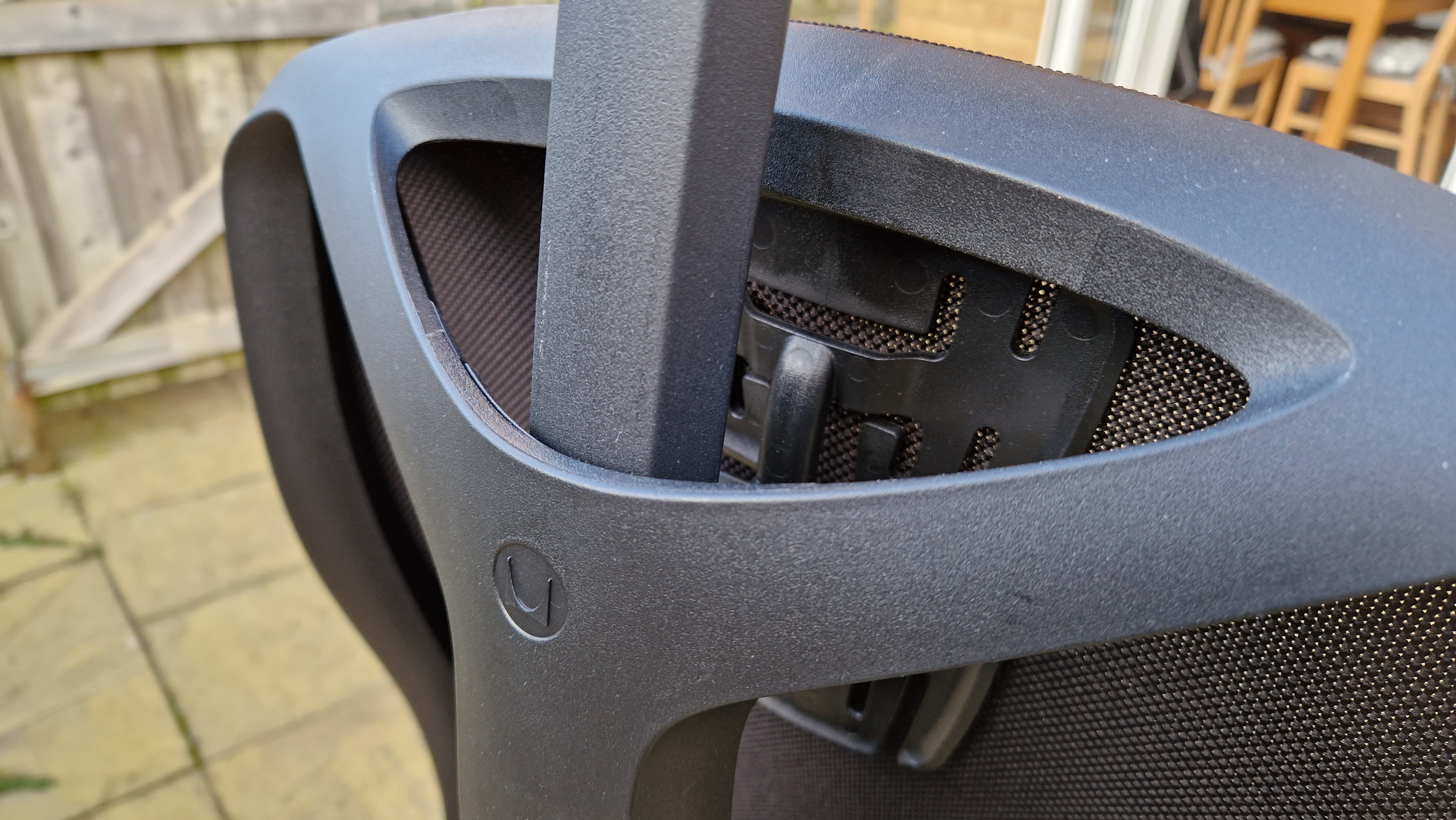
Let's break it down, bit by bit. The smaller seat - which is adjustable itself, and can be made larger or smaller - means you can't fall into the back for the chair and disappear as much as in others, your posterior will be pushed forward a bit, and you'll find your legs and back following suit and compensated too, almost naturally. The seat is also well-cushioned and comfy which makes it easier for said posterior. You've got the usual controls on the seat part too: height adjustment, tilt, tilt tension, and the seat depth lever.
The mesh back is forgiving yet supportive. Reinforced by a robust plastic backing around the edges - that then feed into the spine of the chair - it's a simple design, but one that is comfy, and also just gently pushes you forward. You can alter the lumbar support with the handles on the back which push the support into your back or pull it away as you deem fit. A tiny criticism here is that the lumber support is a little bit localised, and is at its strongest in the middle ten centimetres or so of the chair - not across the whole back like the Razer Iskur, for example. The mesh material is definitely cooler than a solid or soft-backed chair, too, and could be a serious boon in the summertime - no one wants to be stuck to a chair or have a distinctly hot back when playing games for a few hours.
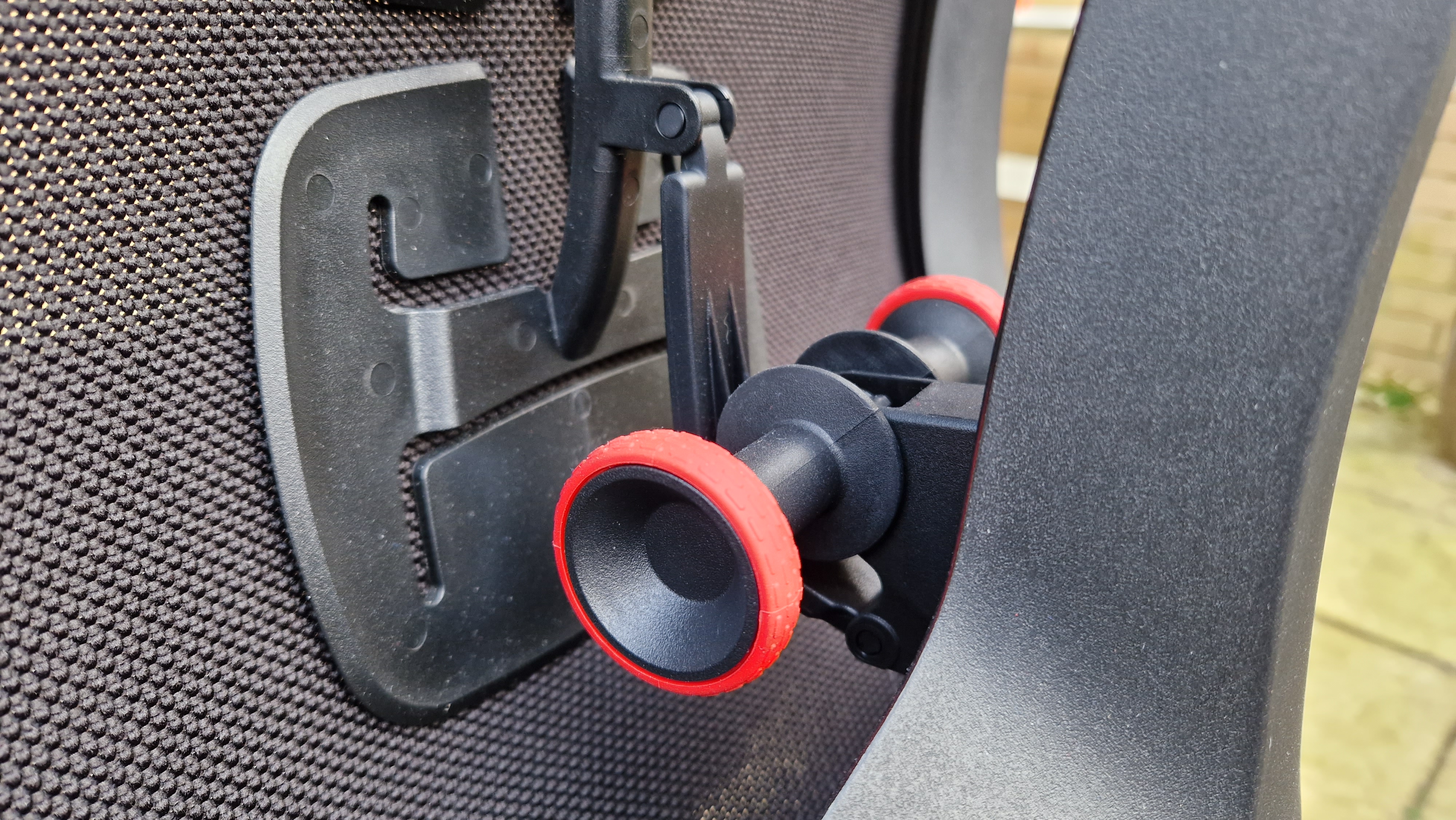
The headrest is of the same mesh material and slots in securely at the back. It's not so easy to change its position but I didn't mind that too much, as it means it is really secure in the setting you do leave it in. The headrest also tilts forward and back a bit to offer some flexibility.
The same can't quite be said of the armrests, which I found to be one of the weakest parts of the chair in testing. Mainly because they are adjusted very easily - and that means too easily. I constantly found that even the merest of touches or bumps would cause the armrests to go forward or back, or from side to side. Some extra strength or stiffness in the arms would not have gone a miss here. It's worth noting that these are also not as comfortable as the other parts of the Vantum too - they are just a bit on the hard side and my elbows felt it in a relatively short amount of time during every testing session or day at work.
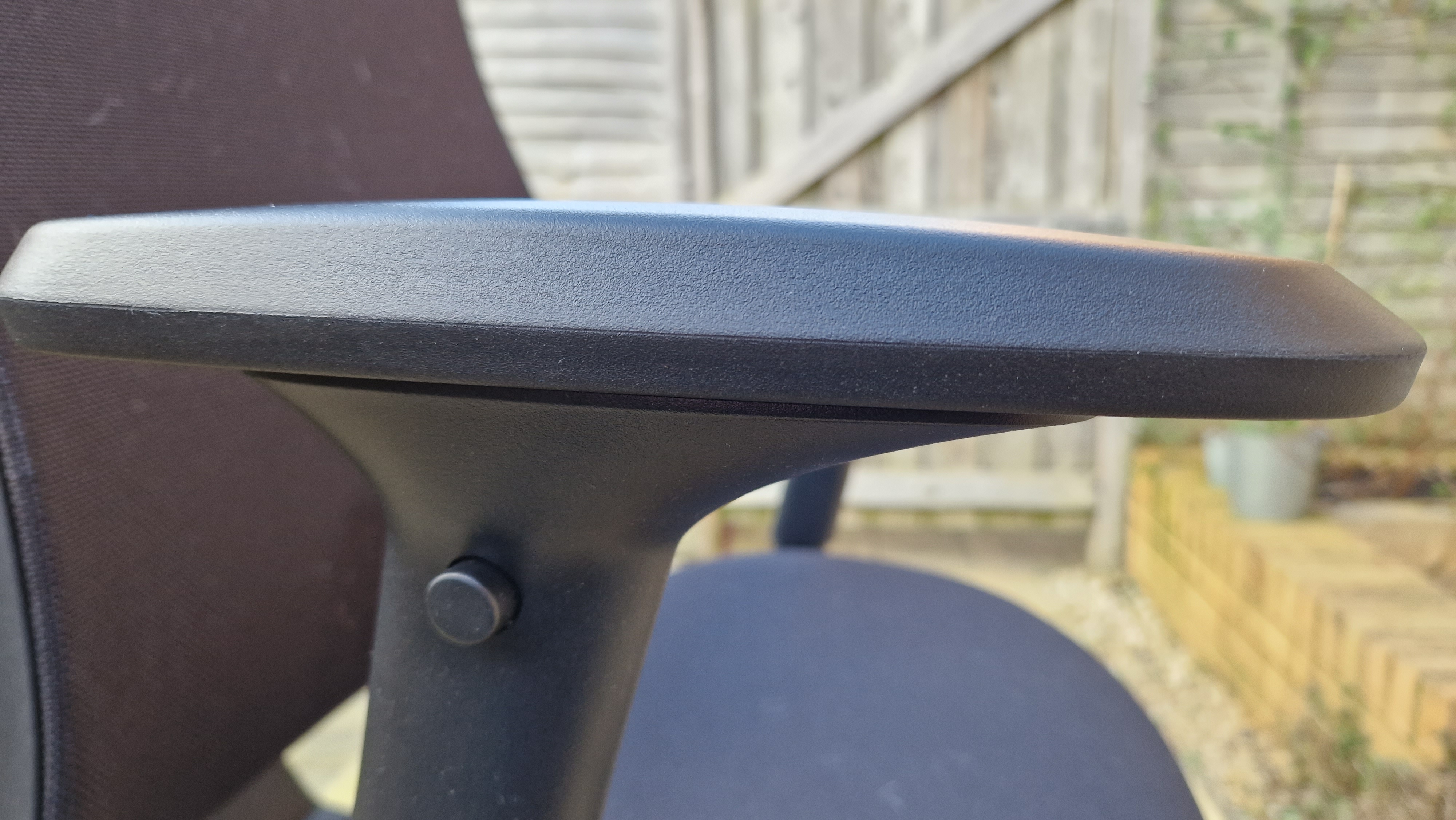
Overall - should you buy it?
The Vantum is definitely a great gaming chair, and if you're looking for something to slide under your gaming desk or standing desk that's got style, ergonomics, and comfort, and which particularly promotes an upright, forward-leaning posture, then this could be it.
However, the price is still high, of course. And still as much as a great gaming monitor or gaming TV. But like the Vantum, it's also covered by a 12-year warranty which does help to offset the price a bit and make it more palatable.
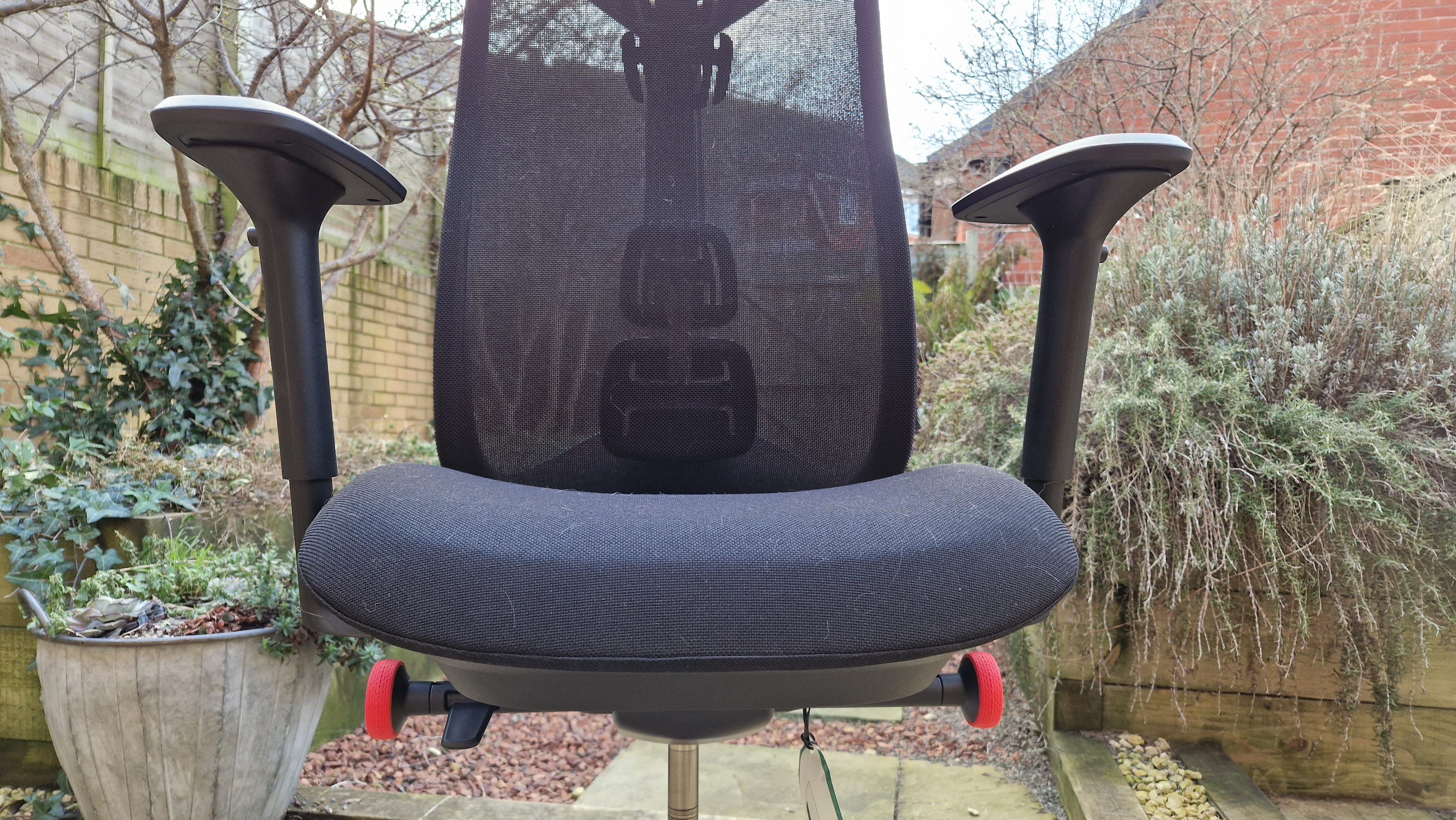
In comparison to the Embody, the Vantum is not quite as good. Keep in mind that this is to the tune of a few hundred dollars/pounds - which means the differences that I experienced definitely track, and 'make sense'. The Embody is a better chair. But that's fine - it demands a larger investment and has more premium-feeling materials and finishes. The Vantum is a well-designed and comfy ergonomic chair but one that lives firmly in the shadow of its sibling.
If you were saving for a Herman Miller chair, then I'd still encourage you to save a bit more for the Embody. But if you have an $800/£800 (ish) budget and don't want to go anywhere near, or bust through, the four-figure mark, then the Vantum could very well be a great hit - no one does ergonomics quite like Herman Miller, and the Vantum chair is the latest demonstration of that.
How we tested the Herman Miller X Logitech G Vantum Gaming Chair
I used the Herman Miller X Logitech G Vantum chair by integrating into my setup and using it nearly every day for a period of multiple weeks. I was using the chair for 8+ hour work days at a time during the day, then gaming sessions before and after to ensure it got the full go around.
Across the testing, I was also able to compare the Vantum directly against the Herman Miller X Logitech G Embody to see the differences between the two that might, or might not, reflect the price tag difference.
You can read more about how we test gaming chairs and desks in our explainer, and for a more holistic view, check out our full Hardware Policy.
Looking to go big on other parts of your setup? Check out our guides to the best curved gaming monitor, best ultrawide monitor, and best gaming sound systems, to upgrade your experience.
Rob is the Deputy Editor of sister site, TechRadar Gaming, and has been in the games and tech industry for years. Prior to a recent stint as Gaming Editor at WePC, Rob was the Commissioning Editor for Hardware at GamesRadar+, and was on the hardware team for more than four years, since its inception in late 2018. He is also a writer on games and has had work published over the last six years or so at the likes of Eurogamer, RPS, PCGN, and more. He is also a qualified landscape and garden designer, so does that in his spare time, while he is also an expert on the virtual landscapes and environments of games and loves to write about them too, including in an upcoming book on the topic!
